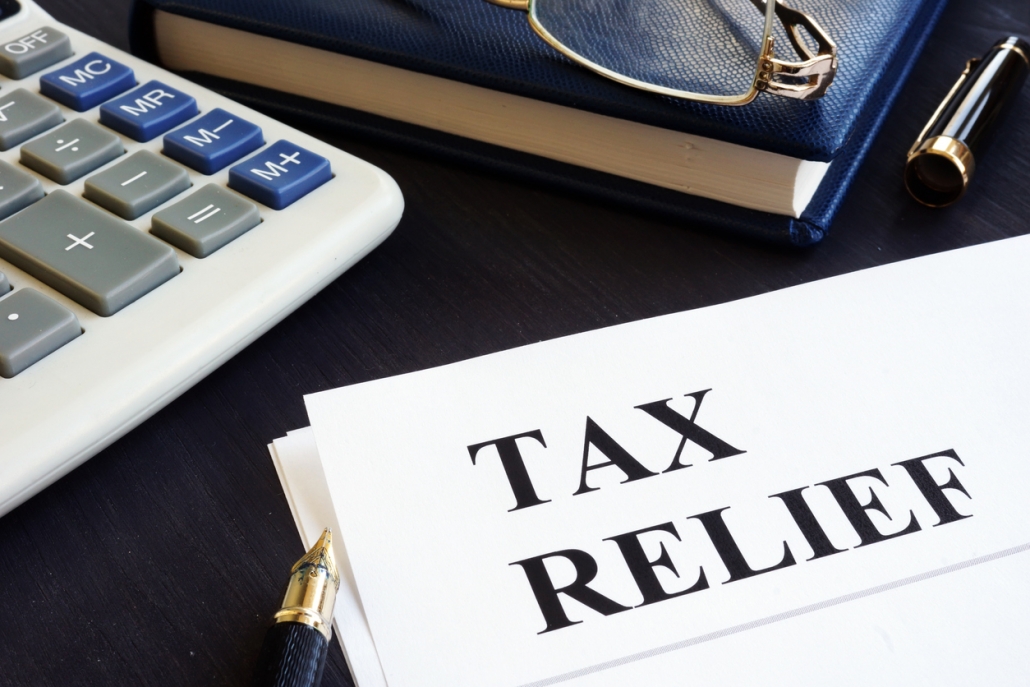Archive for March 2021
What Is the IRS Taxpayer Relief Initiative?
Millions of Americans still owe billions to the IRS in back taxes, interest, and penalties, but the Taxpayer Relief Initiative offers some assistance.
Read MoreHow Do PPP Loans Impact Business Taxes?
The Paycheck Protection Program (PPP) was first introduced under the CARES Act, and the latest relief bill clarified specific tax implications.
Read MoreWhat Tax Provisions Expired in 2020?
Many tax provisions introduced in the CARES Act were set to expire at the end of 2020. Which lapsed and which were extended?
Read MoreWhat the Special $300 Charitable Deduction Means for 2020 Taxes
The CARES Act includes a special provision that allows taxpayers to deduct up to $300 in charitable contributions. Learn more about who and what qualifies.
Read More



